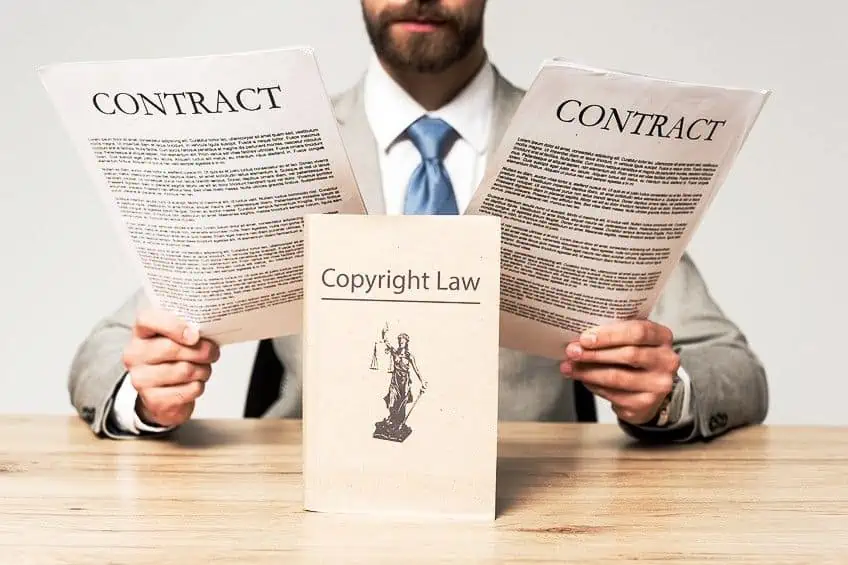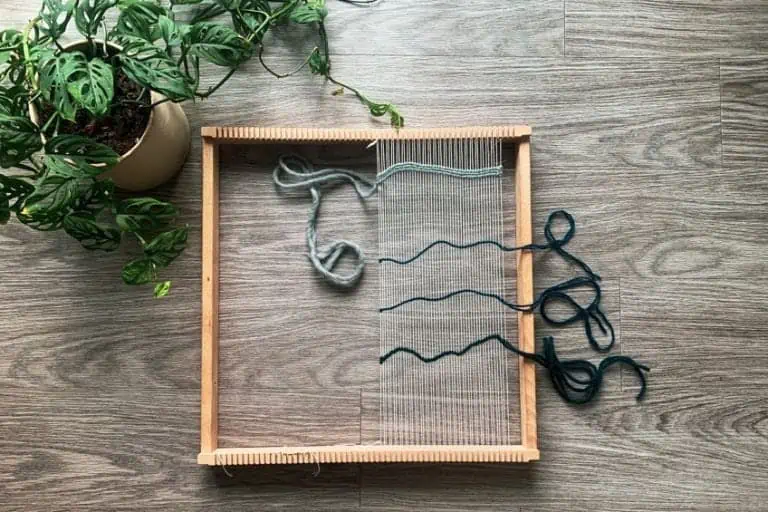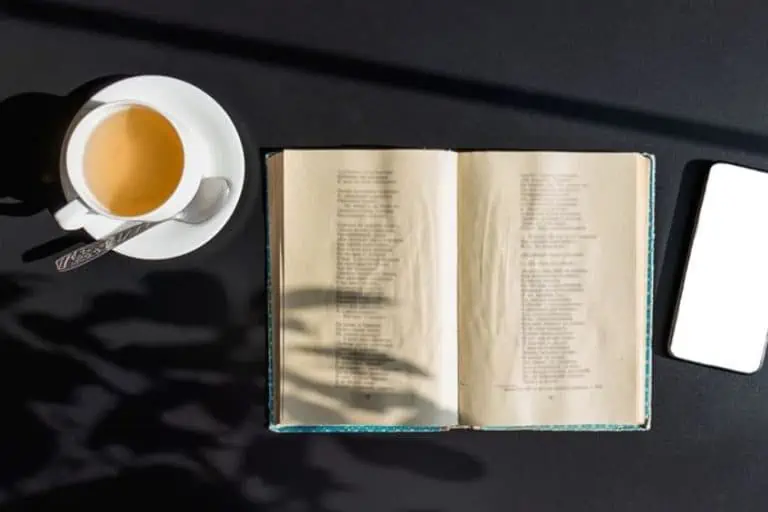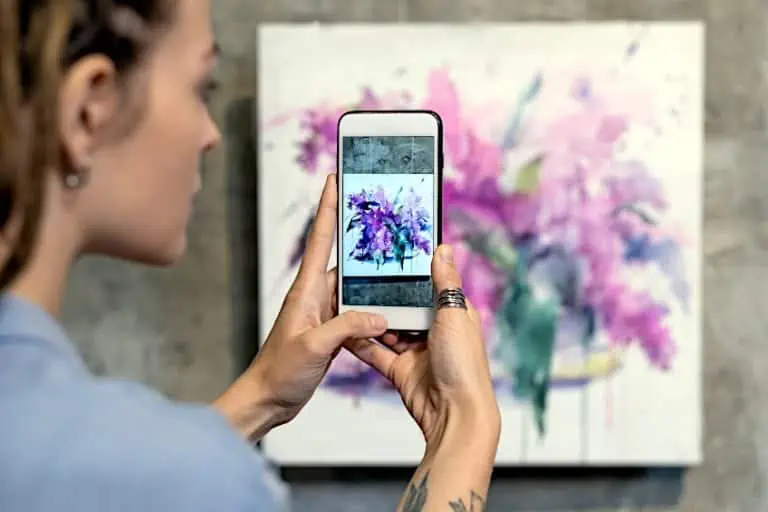How to Copyright Your Artwork – Copyright Paintings and Digital Art
This post may contain affiliate links. We may earn a small commission from purchases made through them, at no additional cost to you.
Maybe you are considering selling your artwork and you want to make sure that all your hard work is protected, and you want to learn how to copyright your artwork. Read further for some ideas and discover how and why it is necessary to protect your artwork.
Table of Contents
Why Copyright Paintings and Other Artworks?
Paintings, drawings, photographs, graphic art, and many other types of art are seen as visual art. This is tangible, and not simply a vague concept. All art takes time and hard work, and it can also cost quite a bit of cash. Anything you create is your intellectual property and protecting your work is important, especially today when you can share at a click of a button.
You are not limited to selling your art locally, you can gain an international audience and meet new people online. This is very convenient, but it also has a downside, as there are also a lot of risks and dangers when artists are left vulnerable. One of the more concerning problems is the risk of copyright infringement.
This simply means that someone takes an artist’s original work and then copies and distributes it without permission.

Does it make sense to register a copyright? What risks are you taking? If you are simply creating art for fun and sharing it, maybe registering a copyright is not for you. However, if you have worked hard on a piece and it is part of your brand and livelihood, then making sure you are protected is the best step to take. Sometimes, if you create art pieces that are abstract or difficult to replicate or copy, this makes infringement less likely than other art pieces that might be easier to replicate.
Whatever the case, if you make a living out of your art, it is always recommended that you follow all the steps to protect your work.
A Short Description of Copyright Law
Copyright law is regulated by a federal statute, which is the Copyright Act of 1976. This act helps to prevent anybody from copying original works. You can register copyrights at the Copyright office, which you can do at the Library of Congress in Washington. However, newly created works do not need to be registered. A copyright notice does not need to appear on your work to get protection. You automatically have a copyright once you have created tangible artwork. Tangible, meaning something like a drawing or sculpture.
If you have more than one piece of art you would like to copyright, you will need to file individual claims.
However, by registering, you do get additional benefits, so if you are serious about protecting your work, a notice is advised. The benefits are that you can take infringers to court and demand damages. How long does copyright last? For you even to consider using someone’s copyrighted works, you will need to wait for 70 years after the artist has died. Artwork can be copyrighted if it meets certain conditions.
- The artwork should be an original piece that you create.
- The artwork must be tangible, for example, on paper or canvas, or even as a digital medium.
- You do not need to get an artist’s merit or be recognized as an artist to get copyright protection.
- If you have artwork that is within a “useful object”, only the artistic elements are copyrighted. For example, a lamp with a sculptured base. You can copyright the sculpture, but the “useful” lamp part itself cannot. This is the same as if you were to apply art to a T-shirt.
- If you purchase artwork, you will own the art but not the copyright to the art, except if it has been signed over to you.

The artist who owns the copyright has exclusive rights and can then create copies and distribute and sell the artwork as well as display the art in public. There are many types of artworks you can copyright and include some of the following:
- Paintings or drawings as well as murals
- Sculptures
- Jewelry designs
- Art applied to fabric
- Stickers
- Cartoons
- Greeting cards
- Patterns created for knitting and needlework
- Original prints
- Digital art
Benefits of Copyrighting Artwork
We have already established that copyright registration is not necessary for protection. However, there are benefits including being able to take infringers to court and reclaim damages. Below are a few more important benefits.
- Unregistered artwork can be difficult to verify as your own, so besides registering, you should also keep records of your work.
- Registering a copyright helps to create a record of ownership, so you are verified as the original author or creator.
- You can exclusively sell, distribute, and display your artwork. This is important if it is closely associated with your brand.
- If you have a copyright, you can also register with U.S Customs, so you can also be protected against infringed copies from imports.
- With registration, you can claim statutory damages and legal fees. Without registration, you might be able to get a small amount, but the legal costs will add up to be a lot more, so not worth the effort.
- If infringement does happen, all of the paid damages can help pay back any losses sustained.
- When registering a copyright, you are making it unavailable to anyone else, especially competitors. So, you can stand out with whatever you do and make a good profit.
How to Protect Your Artwork
To be a successful artist, you need some understanding of your legal rights. As an artist, you want to avoid being a victim of theft, so always be prepared and make sure you are protected by copyright laws. So, in what ways can you protect yourself from infringers?

Sign Your Work
One of the simplest methods to protect your work is to always sign your finished work. Remember to include the year you completed the work as well. You can do so somewhere unobtrusive, such as in a corner, or you may even consider making it a part of your art.
Register Your Artwork
How to copyright your artwork? You can physically register your artwork at the U.S. Library of Congress, or you can do it online. Online applications have a lesser fee for filing, and these are processed much quicker than handing in a physical application.
Online Registration
To register online, you should configure your computer to accept the Electronic Copyright Office (eCO). This is to avoid any technical problems that might occur during registration. To do this, you can adjust a few computer settings. You can disable any browser pop-up blockers and third-party toolbars. Also, set the computer privacy settings to standard.
To get to know the system a little better, you can first go through the tutorial or presentation that explains how to navigate the system. You can then go to the portal and create an account. Follow the instructions, which include providing your full name, user ID, email address, and password.
Once you have an account, you can proceed to “register a new claim”, which is located on the left of the page. You then follow the prompts and complete your copyright registration. The whole process is quite user-friendly, so you should have no problems.
Each step is even checked off as you proceed. Once all the steps have been checked, you are then ready to send. Remember to confirm all the information you provided before sending. You can then go to the “add to cart” section. You should be able to view the filing fee during this process. Then go to the “checkout” button to proceed to payment. So, there are three main steps you should follow to register a copyright.
- Apply using a paper application and visit the U.S. Library of Congress or apply online.
- Pay the filing fee for the applications. Online fees are cheaper and processed faster.
- Supply a copy of your artwork. If it is for a sculpture or other three-dimensional work, you will need to submit photos. You should find details about what you need to provide on the website, concerning the type and number of copies.
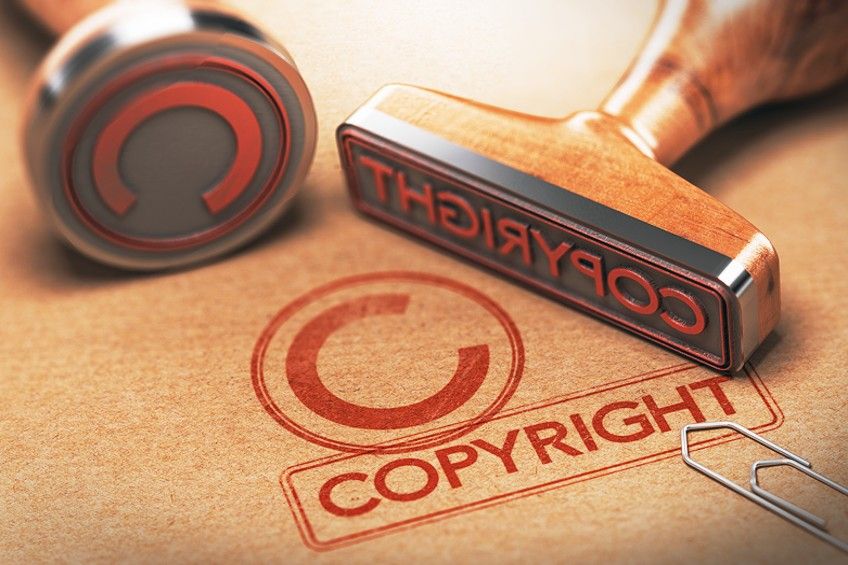
You can now pay the required filing fee, which you can do in different ways. You can do it via a bank transfer, or you can make use of a credit or debit card. If you are paying with a credit card, a new window will pop up and you will be directed to Pay.gov, which is operated by the Treasury Department.
The next step requires you to send a copy or copies of your work.
First, how to copyright digital art? In general, the copies sent through the online system can be unpublished or published, but they can only be electronically published works. The publication type establishes whether you can send a copy via the online system, or if you need to send a copy through the mail to the Copyright offices. All copies will not be returned, so do not submit actual work, just a photograph or screenshot.
So, if somebody purchases your digital artwork, they purchase the art and not the copyright to the art, unless this is specifically transferred to them. Generally, a buyer will purchase the digital art for personal uses only and will not be able to use the image for commercial or professional purposes.
How to Copyright Drawings?
This follows a similar process to the above. Any visual artwork needs to be photographed and sent in as a copy of the application. Be sure to select “2D Artwork” and not “photograph”, which is located in the “author created” field. This simply points out that it is the art in the photograph that is being copyrighted and not the photograph itself.
If you are sending in an actual physical copy of your work, you can click on “Create Shipping Slip”. This can be seen somewhere near the bottom of the screen. You can print this slip out and then attach it to the parcel the copy is in and send it to the address provided. If you are uncertain about what to do, you can always contact the U.S. Copyright offices.
Once you have sent your application, always check to see if you get any correspondence back.
You may need to add other information or documents, and you should make sure to update the application straight away. You can also keep checking on the application’s progress by logging into the system again. Look for the open cases table and click on the case number connected to your application.
The registration office will then go through the application, and if approved, will send you an official registration certificate. This acts as documented proof that your artwork is now copyrighted. Depending on where you live around the world, there might be some differences in copyright laws, so always check to see what you need to do.
Saving Records of Your Artwork
An added precaution to help protect yourself if somebody else is claiming your work as their own is to keep digital records. Make sure to take photos or keep copies of your artwork, which you can then present to the court. If you add the date and other data properly, this is also recorded and will help to determine when the photos or images were taken.
You can take photos yourself or have a professional do it. Having somebody else do it for you provides even more evidence.

Protecting Artwork Online
Every artist will likely post their art online, as this can be an integral part of gaining success as an artist. Knowing the risks and putting in place various strategies to avoid problems can help to prevent infringements.
Nothing is guaranteed, but it still acts as a deterrent.
Converting Images
Before you go and post the images online, create a flash slideshow. This can make it extremely difficult for someone to copy the images. You can do this yourself by using various tools, or you can have it done by a web designer.

Create Low-Resolution Images
Images are not worth copying if they are small and have a low resolution. When creating these images, makes sure you save them separately and not over the original, high-resolution images.
To do this, you can use any image-editing software, and you simply resize the images.
Add Watermarks to Images
A watermark is an image that is placed on top and across your image, making it difficult to crop out the watermark image. The watermark credits you as the artist and cannot be removed. This means nobody can copy or use the image without everyone knowing where it comes from. You can add a copyright notice to your image in this manner, or you can place the copyright symbol, with your name and the year the artwork was made in a discreet corner of the image.
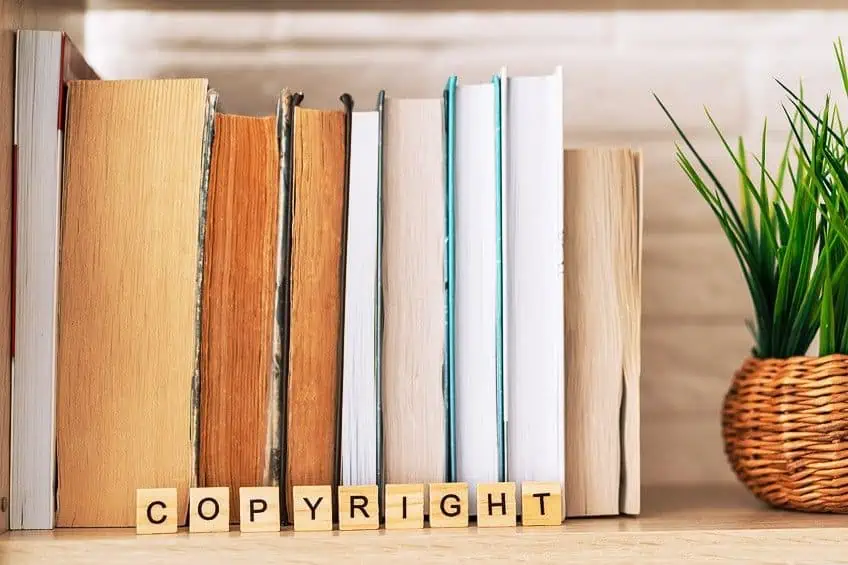
Protection on Social Media
Social media platforms are a great way to share and sell your artwork. However, this also poses a higher risk of infringement. Once you post the images, it is available for any to view. So, it is doubly important for your images to be registered with copyrights.
Also, you should try to study the terms and conditions to determine how much protection there is on the platform.
Be Aware of Downloads
If you have a portfolio website, there are many ways to prevent downloads. Depending on the website builder, you can implement several options. Some have a check box, while others provide a plugin. Just be aware of these options when creating your website.
Pursuing Infringements
So, you have registered your artwork and you have discovered unauthorized copies of your work. You should get legal advice and take action. You can first try to send a “takedown” notice directly to the webmaster, blogger, or person. Try to use a separate email for this purpose and not one of your own important emails.
You can also consider contacting third parties, for example, the hosting website. This step usually works, but if not, the next step is to take the infringer to court. In this case, it is best to acquire legal guidance from a licensed attorney.

Disclaimer: Do not take the information in this article as legal advice, as we are not attorneys. We hope to simply provide some ideas concerning how to copyright your artwork. If you do need urgent help, it is best to contact a legal professional.
If you are a professional artist, it is essential to copyright paintings and other works. This is relatively a simple thing to do and offers you more benefits than if you were not registered. From retaining your ideas and hard work to gleaning all the profits, the time it takes to register a copyright is worth it.
Frequently Asked Questions
How to Copyright Digital Art?
If you are wondering how to do this or how to copyright drawings, the process is very similar. Digital works are just easier to upload and send when registering when compared to a real painting or drawing. Both have to be registered with the Copyright office, whether it is online or physically at the Library of Congress.
How Long Does Copyright Last?
When an artist has completed their artwork, the copyright in the United States lasts for the lifetime of the artist and then 70 years after the artist has passed away. After 70 years have gone by, the art will then be in the public domain.
When Is Artwork Covered by Copyright?
As soon as the artwork is complete, the artwork is automatically covered by copyright in the United States. However, it is recommended that artworks are registered, as this offers more benefits if there is an infringement.
How Much Time Does It Take to Process a Copyright Claim?
There is no set time, although, on average, the time it takes to process a copyright claim can be around several months. If there are certain issues, it can also take up to 15 months for processing.
In 2005, Charlene completed her wellness degrees in therapeutic aromatherapy and reflexology at the International School of Reflexology and Meridian Therapy. She worked for a company offering corporate wellness programs for several years before opening her own therapy practice. In 2015, she was asked by a digital marketer friend to join her company as a content creator, and it was here that she discovered her enthusiasm for writing. Since entering the world of content creation, she has gained a lot of experience over the years writing about various topics such as beauty, health, wellness, travel, crafting, and much more. Due to various circumstances, she had to give up her therapy practice and now works as a freelance writer. Since she is a very creative person and as a balance to writing likes to be active in various areas of art and crafts, the activity at acrylgiessen.com is perfect for her to contribute their knowledge and experience in various creative topics.
Learn more about Charlene Lewis and about us.
